table of contents:
Silk fabric , a noble material par excellence, immediately evokes luxury, finesse and elegance. However, despite its prestigious reputation, silk fabric is not always the ideal choice for your sewing projects. Behind its apparent perfection lie many constraints that make it a delicate fabric to sew , often fragile and demanding in maintenance . If you plan to use it, it is essential to know the disadvantages in order to avoid mistakes and disappointments in sewing.
In this article, we'll show you why silk fabric can be problematic, by outlining its limitations, its limited uses, and the much easier-to-handle alternatives to silk . Whether you're a beginner or an experienced sewer, it's best to make an informed choice before purchasing. Our comprehensive analysis will help you understand why this precious fabric isn't always the best choice, and when it's best to avoid it. You'll also discover tips and practical solutions for better sewing...without silk.
What is silk fabric and why is it still so attractive?
Before discussing the many disadvantages of silk fabric , it is important to understand why this textile still fascinates sewing enthusiasts and fashion designers so much. Silk remains synonymous with prestige and timeless elegance.
A noble but fragile fabric
Silk fabric comes from the cocoons produced by silkworms, particularly the silk moth. This natural material is renowned for its exceptional shine, lightness, and soft feel. However, this nobility comes at a price: its extreme fragility. A simple snag or mishandling can irreparably damage the fabric.

A natural material that is difficult to produce
Silk fabric production is complex, expensive, and time-consuming. It takes approximately 2,500 cocoons to produce just 500 grams of raw silk. This artisanal process justifies its high price, but also results in limitations in accessibility and availability on the textile market.
What are the major disadvantages of silk fabric?
While silk fabric is appealing for its luxurious appearance, it is not without its flaws. Many experienced seamstresses point out its limitations, both technically and economically.
Main disadvantages of silk fabric
Here are the major drawbacks that should make you cautious before choosing this fabric:
- Very fragile : Wears quickly at the slightest friction or snag.
- Complicated maintenance : Requires dry cleaning or very gentle hand washing.
- Fabric that creases easily : Quickly loses its impeccable appearance.
- Specialty fabric : High price per meter, sometimes inaccessible for everyday projects.
- Difficult to sew : Slippery, susceptible to pin marks and poorly placed seams.
- Sensitive to water and light : May yellow, warp or lose its shine.
Is silk fabric suitable for all sewing projects?
Many people wonder: should you really invest in silk fabric for your creations? It all depends on the type of project you're planning and your sewing experience.
Projects to avoid with silk
Some projects are particularly risky if you choose a fragile fabric for sewing, such as silk:
- Everyday clothing: blouses, trousers, jackets, subject to numerous handlings.
- Household linen: tablecloths, curtains, cushions subject to wear and frequent washing.
- Children's clothing: must be durable and easy to care for.
Projects for which silk remains relevant
Silk fabric still finds its place in specific creations, often reserved for limited use:
- Evening dresses, wedding dresses, formal pieces.
- Scarves and accessories intended for occasional use.

What alternatives to silk fabric should you choose?
If you're looking for a fabric with a silky feel without the hassle, there are several attractive options available.
Best practical alternatives
- Viscose : Soft, fluid, pleasant on the skin and much more affordable.
- Satin polyester : Shiny effect, easy maintenance, very resistant.
- Satin cotton : Natural shine and softness, easy to care for.
How to choose your replacement fabric?
To choose well, evaluate your project in terms of:
- Frequency of use.
- Maintenance constraints.
- Desired resistance.
- Budget available.
Silk fabric bonus: when and how to use it properly despite everything?
Although we do not recommend silk fabric for most projects, it can be used successfully if certain precautions are followed.
Sewing Tips for Silk
- Use a very fine needle to avoid pulling the threads.
- Use clips instead of pins to limit marks.
- Sew with ultra-fine silk or polyester thread.
Silk Care Tips
- Delicate hand wash with specific soap.
- Dry flat, away from sunlight.
- Iron on reverse at very low temperature.
FAQ about silk fabric
Is silk fabric suitable for beginners in sewing?
No, silk fabric is slippery and difficult to handle, which makes first sewing projects difficult.
Can you wash all silk fabrics at home?
No, most silk fabrics require hand washing or dry cleaning to avoid damage.
Are there any synthetic fabrics that imitate silk well?
Yes, polyester satin and some viscose mimic the shiny look of silk while being easier to care for.
Does silk hold up well to daily wear and tear?
No, silk fabric is sensitive to friction, light and humidity, which limits its daily use.
What sewing project is ideal for using silk?
Evening dresses, elegant scarves, formal blouses, or even a DIY scrunchie are all great choices for showcasing silk.
Conclusion
Silk fabric , as prestigious as it may be, has many limitations that are important to be aware of before embarking on a sewing project. Its fragility , its difficult maintenance , its high cost and its technical constraints make it a choice reserved for specific creations, made with care and experience. Fortunately, many alternatives to silk fabric allow you to obtain a result that is just as elegant, with greater simplicity and durability. Before investing in precious fabric , take the time to evaluate your needs, your sewing level and the final use of your creation. Making an informed choice today guarantees the success of your projects tomorrow.

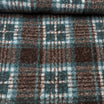

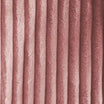

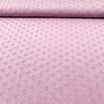
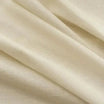
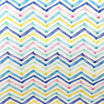


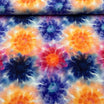

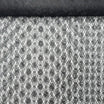
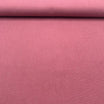
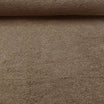

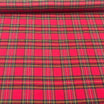
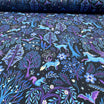
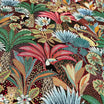

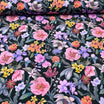
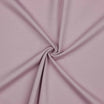
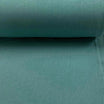
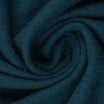
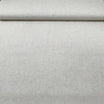
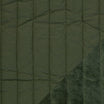
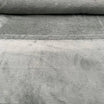
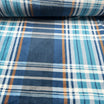

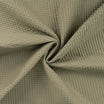





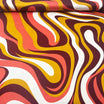


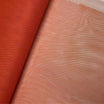

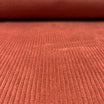
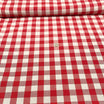
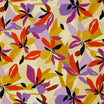
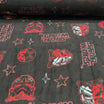
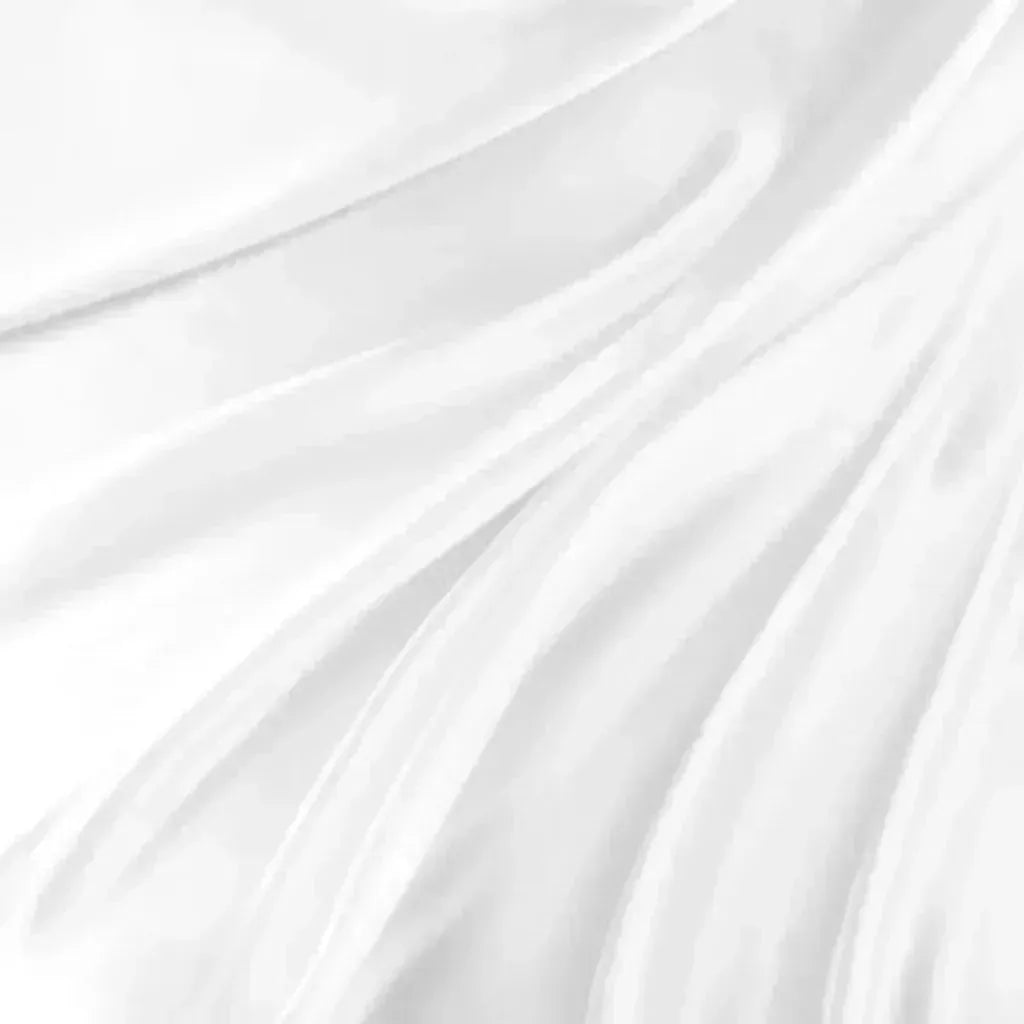

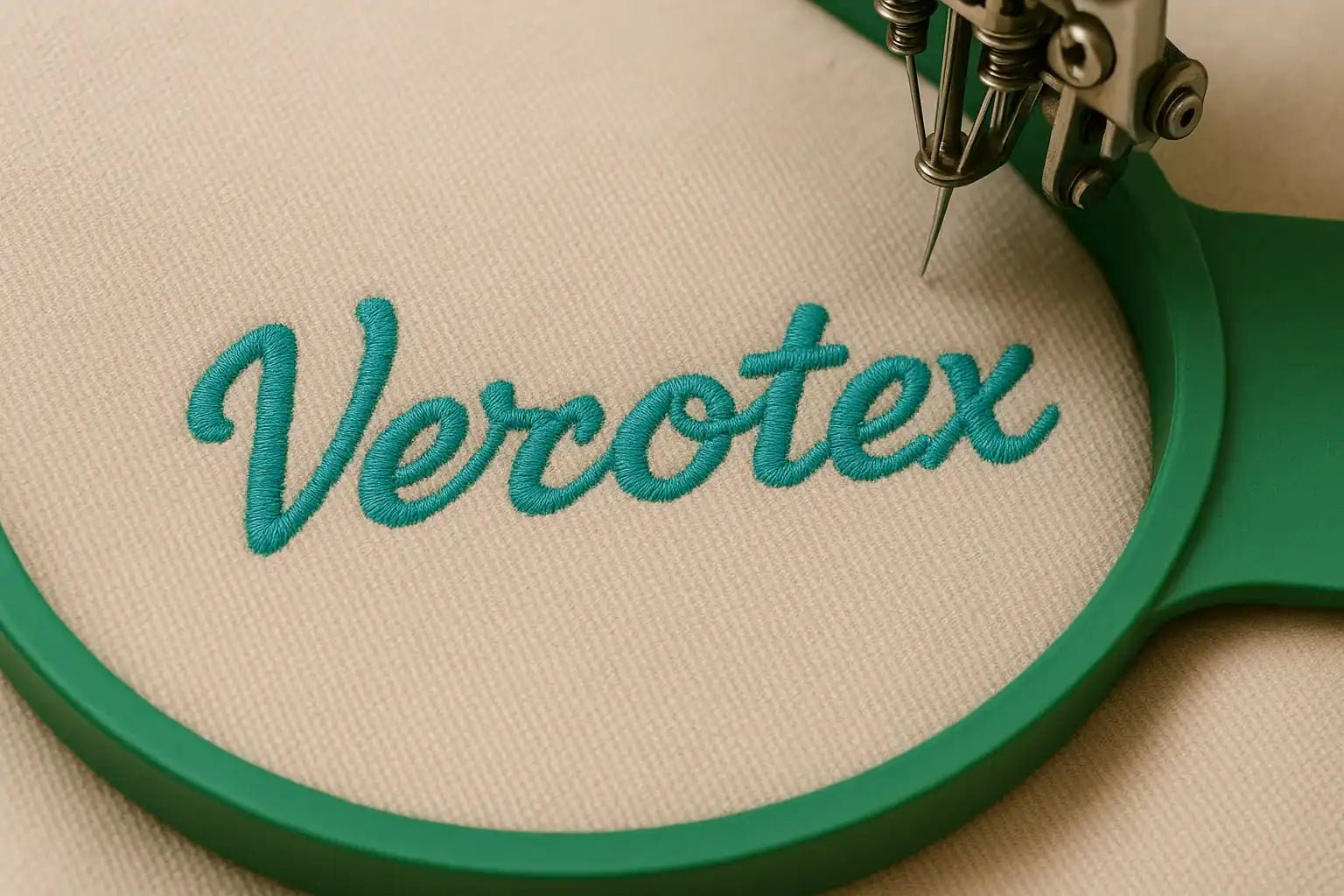
Leave a comment
All comments are moderated before being published.
This site is protected by hCaptcha and the hCaptcha Privacy Policy and Terms of Service apply.